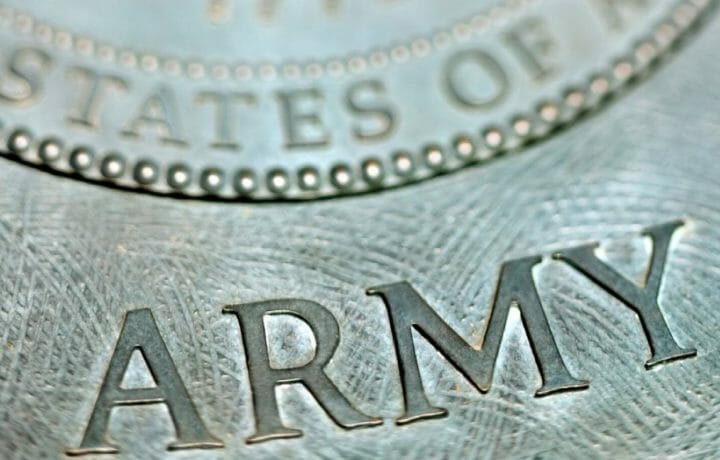In 2022, the Army started its pre-basic training program – The Future Soldier Preparatory Course – as a way to bolster its less than stellar recruiting efforts. With only about 23% of young Americans being able to meet the Army’s academic and physical fitness standards required to serve, the program was a major turning point in helping the Army move toward meeting its revised recruiting goals.
Program Success
During the program’s first year, 95% of the 18,000 new enlistees attending the course graduated; because of the program’s success, it is expanding the student load to 23,5000 in 2024. The Preparatory course is currently taught at the Basic Training Post Fort Jackson. SC; the Army is expanding the course by bringing it to a second Basic Training post – Fort Benning, GA in the near future.
As a matter of fact, it has been so successful that the Navy has created its own version of the course to help it pare down its recruiting shortfall.
Course Tracks
The course consists of two different tracks – academic and fitness. The academic track focuses on helping students pass the ASVAB test. Due to the COVID-19 pandemic, poor investment in education in some communities and English as a second language for many students, a high percentage of them want to join the Army, but without the preparatory course, they just could not get scores high enough to meet the standard to enlist. In most cases, three weeks of academic tutoring in the Preparatory course is enough to enable them to pass the ASVAB.
In the fitness track, the results take longer – usually about 90 days. With the preparatory course, individuals can join the Army with 6% over the bodyfat standard. Once a student’s body fat is at 2% over the standard, they are sent to Basic Training with the assumption they will lose that last 2% during their 8 weeks or more of training. However, if the student is not down to 2% bodyfat overage goal at the end of the 90 days, they are separated from the Army and sent home.
Army’s Body fat Standard
The body fat standard for men is between 20% and 26% based on the age of the enlistee; for women it is 30% to 36% again based on age. When first in the course, students are slowly introduced to three physical training sessions per day. The morning sessions are usually more physically demanding than the other two sessions, but all three sessions are designed with one goal in mind – to drop body fat. However, all students are monitored so that if a student is losing too much weight too fast, the instructors will intervene and adjust the student’s training workouts and food quantity to prevent weight loss from reaching a dangerous level.
The fitness course also teaches students about nutrition and eating healthy so that they not only continue to lose bodyfat to reach their 2% bodyfat graduation goal, but to continue to lose weight and keep it off.
Program Costs
While successful, the Preparatory training comes with a cost – $15.3 million in 2023 alone. This year, the Army has requested $12 million from Congress for the next fiscal year to not only sustain the program, but to increase it to a higher student load and expand to another location. The first year was more expensive due to stand-up costs to get the program up and running.
Meeting the recruiting numbers in all military branches has been challenging the last few years, and it has forced the different branches to get innovative in the way to get the numbers they need to sustain their forces. The Army and Navy Future Soldier and Sailor Preparatory Courses are just one of the many ways these two military branches are using to bolster their recruiting numbers.




